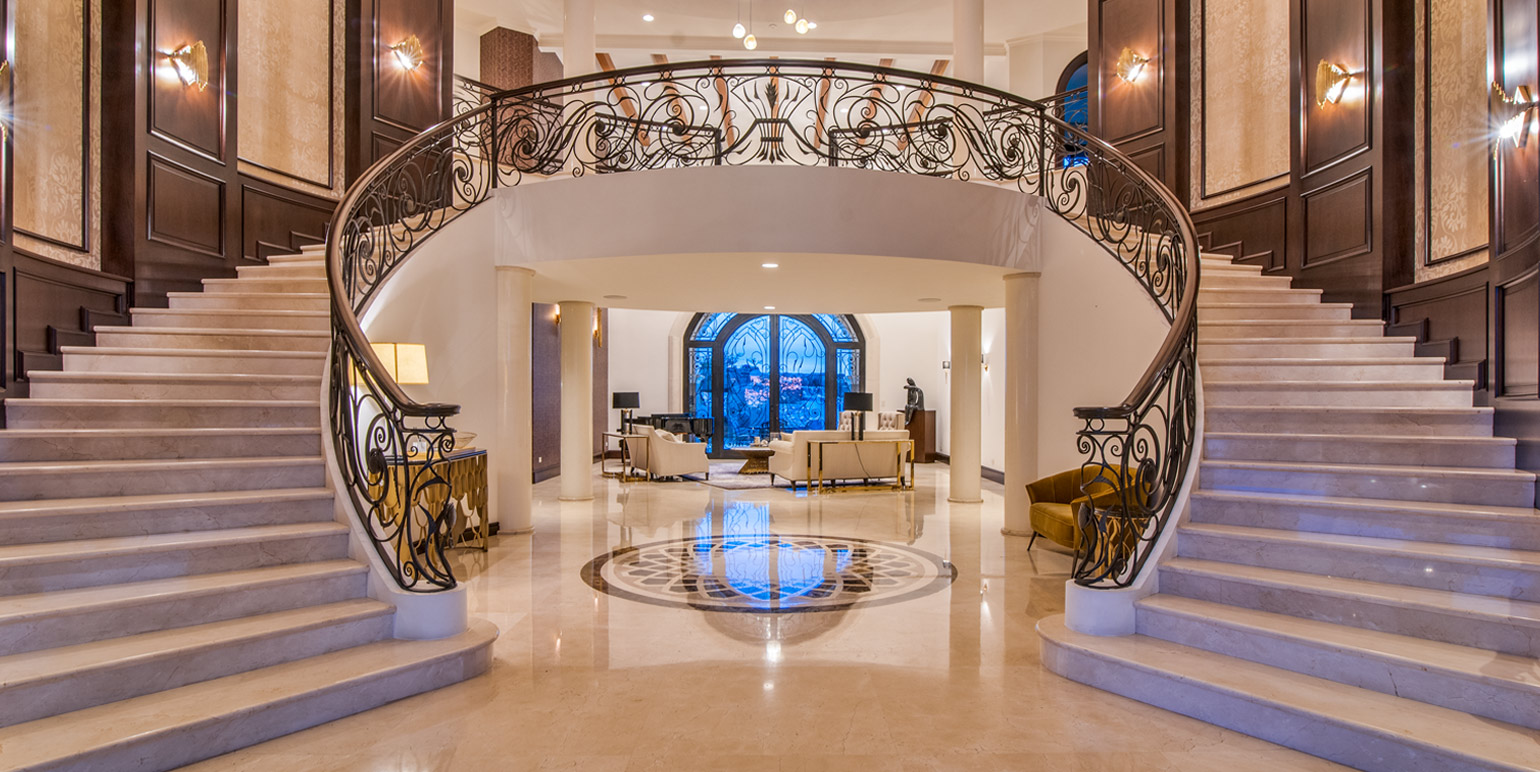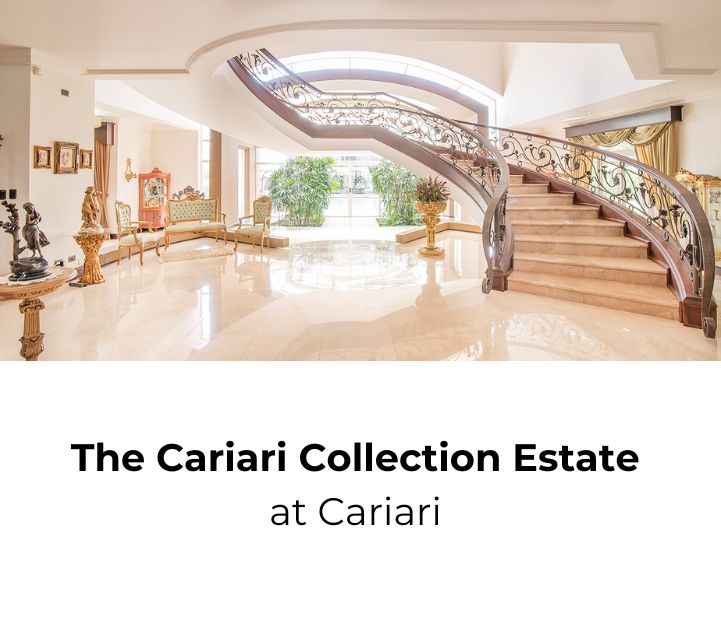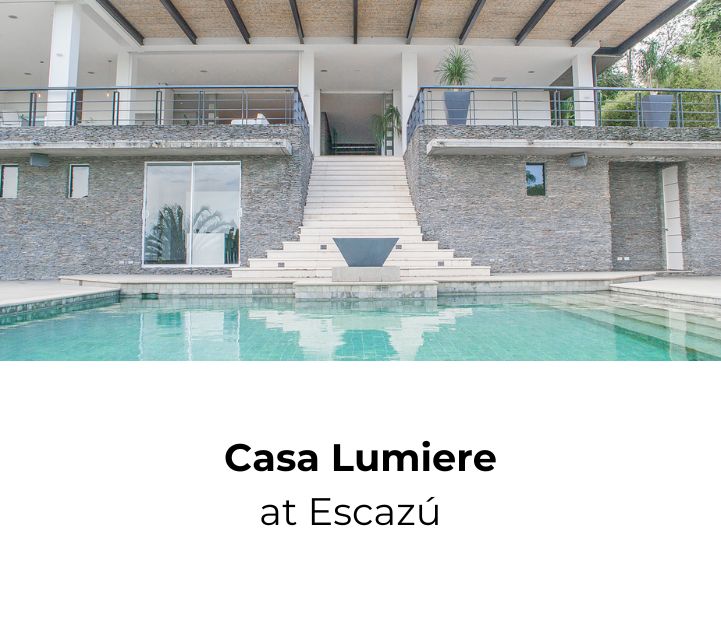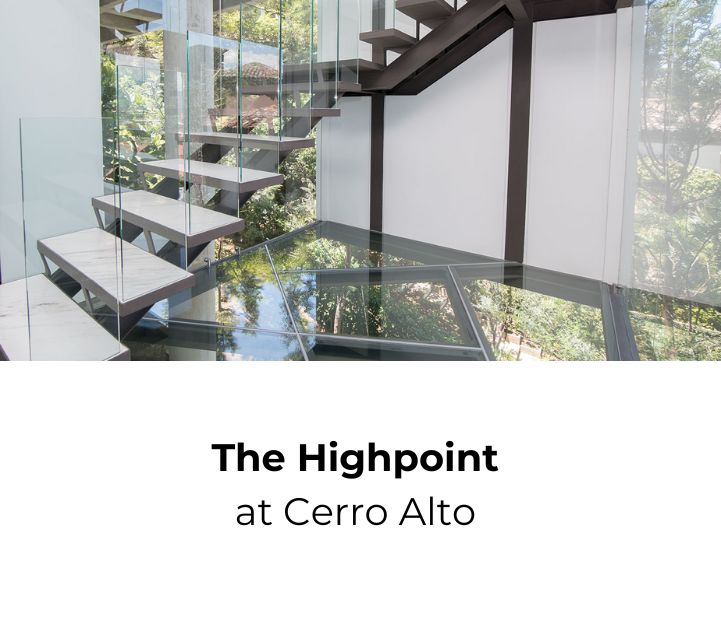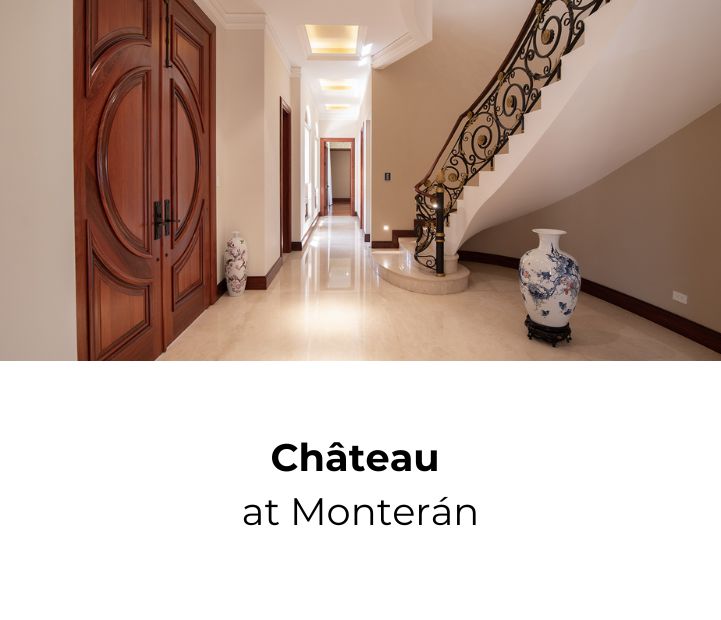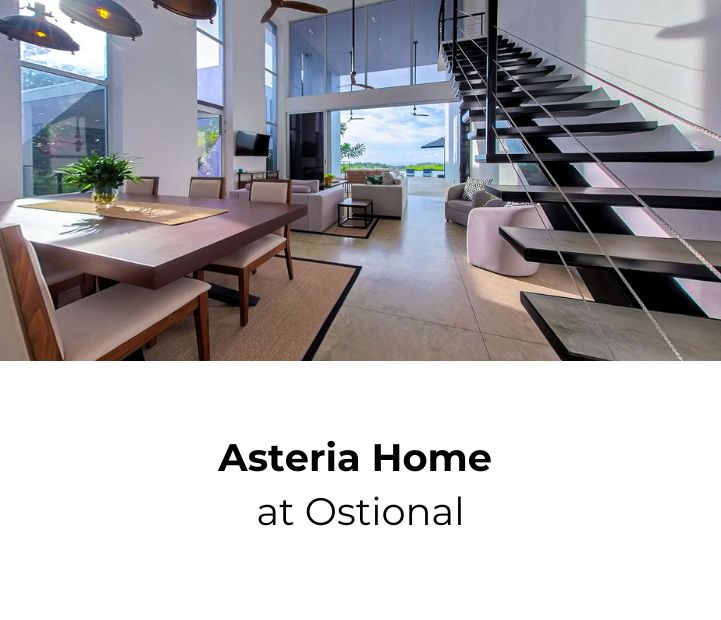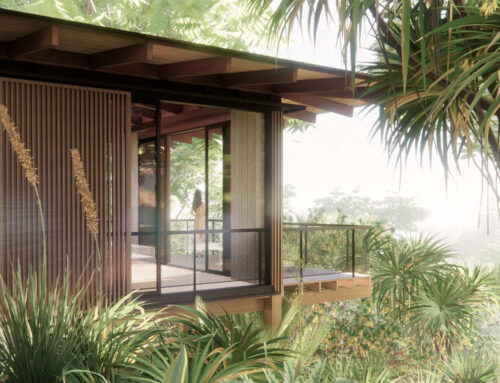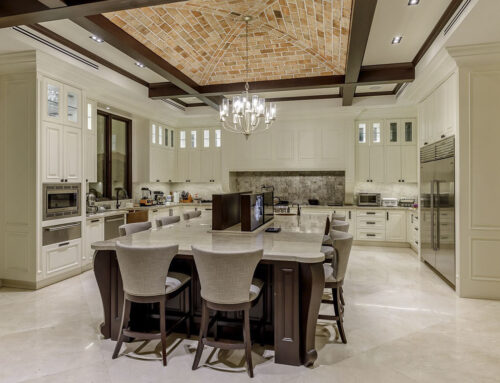Staircases in Costa Rica have evolved to become more than just a way to get from floor to floor. When it comes to the high-end home market, staircases can become a statement piece, a silent greeting, or a completely unique work of art. Practicality has become a given, letting them embody a captivating centerpiece that reflects the homeowner’s taste.
From sleek and modern to timeless classics, these staircases have stories to tell. Each step carries the weight of craftsmanship and design, with the combined creativity of architects, local ambiance, and the homeowner’s personality.
Staircases in Costa Rica
Whether embracing the sleek lines of modern architecture or the timeless classic design, staircases in Costa Rica play a crucial role in shaping the visual appeal and character of a home. Working hand-in-hand with the home’s unique architecture and style, the right staircase can enhance the overall feeling it portrays. Here are some ways it can:
The Grand Spiral
Let’s start with a timeless classic, the grand spiral staircase. This graceful master-piece, often crafted from rich materials such as hardwoods of marble, sweeps through the foyer like a ribbon, its curves with elegance and old-world charm.
Spiraled staircases in Costa Rica have a large history that have made them as significant as they are today. During the Middle Ages, spiral staircases in castles served both functional and defensive purposes. They wound in a clockwise direction to give the advantage to right-handed defenders, and their architectural complexity was considered a status symbol.
Later on, elaborate staircases, often featuring grandeur in the form of sweeping curves and ornate decorations, became expressions of wealth and sophistication in the residences of nobility and royalty. Soon, palaces and estates boasted grand staircases adorned with sculptures, frescoes, and intricate railings.
Maximalism made it into this section of marvelous homes, which explains how impactful they can still be today.
The Cantilevered Masterpiece
For the modern aficionado, the cantilevered staircase is a thing of elegant and sober beauty. Steps seem to float magically in the air, defying gravity and showcasing the sleek lines of minimalist design. Polished steel, glass treads, and hidden LED lighting add an extra touch of drama.
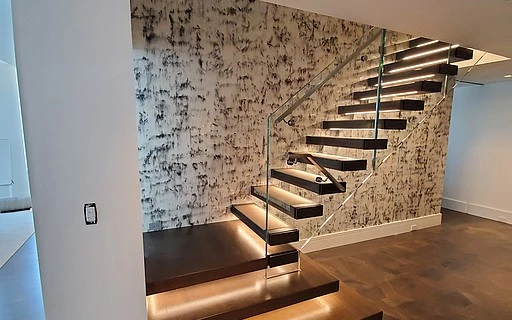
The cantilevered staircase was originally inspired by classical Greek and Roman architecture, and favored simplicity and elegance. Staircases during this period often featured clean lines and classical motifs, reflecting a return to the ideals of ancient design. The modernist movement of the 20th century prioritized functionality and minimalism. Staircases in modern homes became more utilitarian, with designs emphasizing clean lines, open spaces, and innovative materials.
The Sculptural Statement
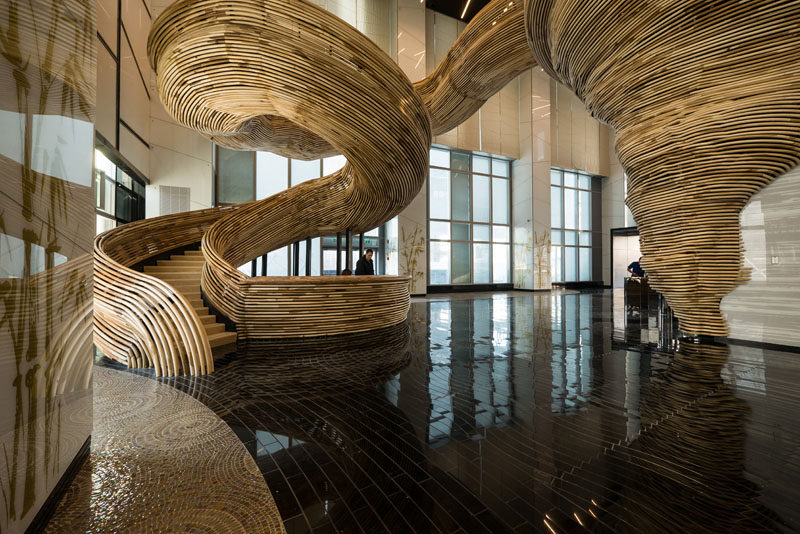
In contemporary architecture, staircases have become expressions of artistic freedom. Art meets architecture in the sculptural staircases in Costa Rica, where anything can happen beyond your imagination and creativity.
Architects experiment with unique designs, materials, and shapes, creating staircases that serve as focal points within a space. Floating staircases, cantilevered designs, and artistic installations redefine the boundaries of staircase aesthetics. Imagine hand-wrought ironwork twisting and turning like a vine, or a cascade of glass steps catching the light like a frozen waterfall. These conversation-starting creations are for those who dare to push the boundaries of design.
Portfolio: Spectacular Staircases at LX Costa Rica
At LX Costa Rica, we hold some of the most magnificent homes in the country. Explore some of our homes with spectacular staircases by clicking on them below:
Materials to Enhance Your Costa Rican Staircase
The choice of materials for staircases becomes a defining element, setting the tone for opulence and refinement. From the warm embrace of fine woods to the timeless allure of marble, each material is carefully selected to elevate not only the functionality of the staircase but also the overall aesthetic of the home.
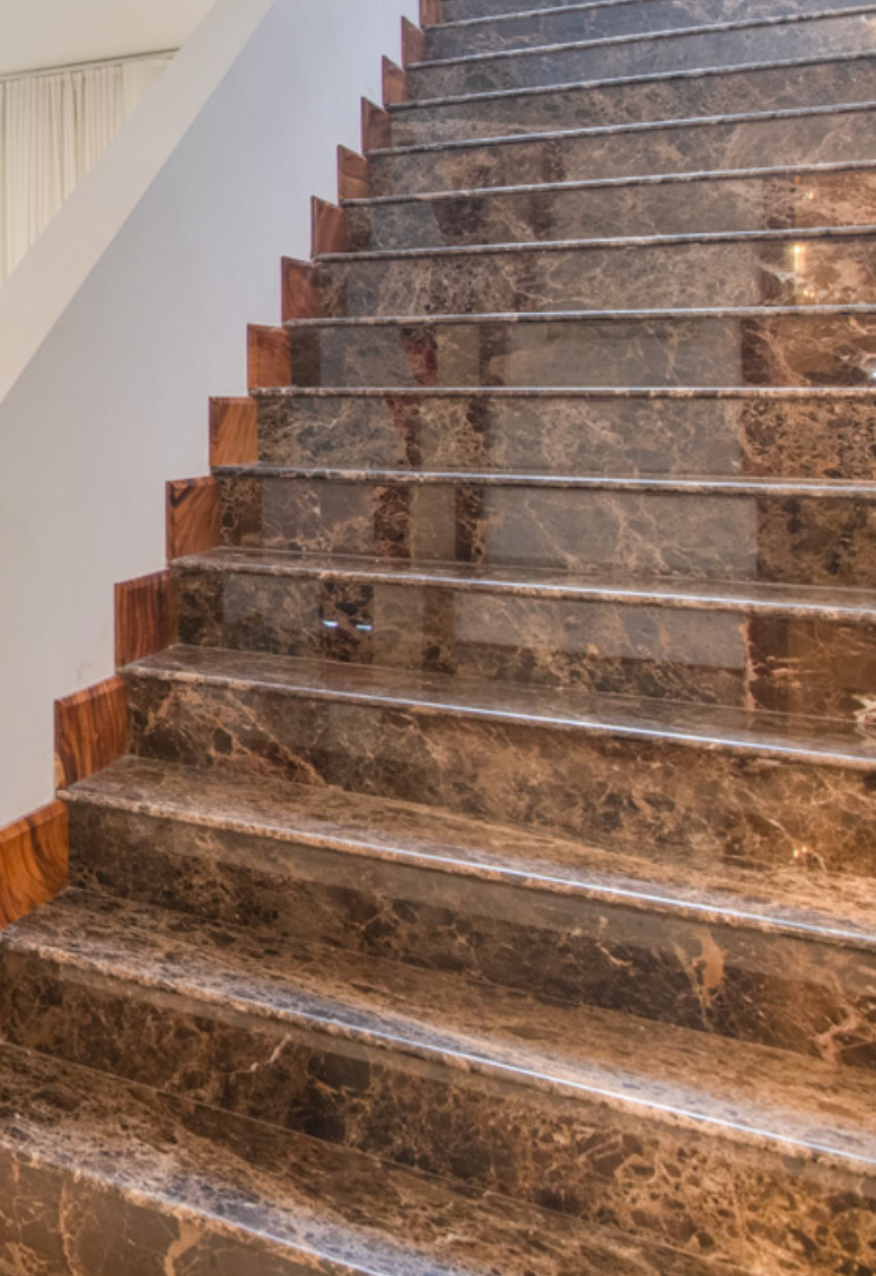
Marble, with its timeless grandeur, is a material synonymous with luxury and prestige. In grand entrances or foyers of luxury homes, marble staircases make a statement. Its smooth surface and luxurious sheen create an aura of opulence as each step is taken.
Nothing beats the natural warmth and timeless elegance of a wood staircase. But in a luxury home, it’s not just about any wood. Fine hardwoods such as mahogany, walnut, and oak are favored for their rich textures, intricate grain patterns, and timeless appeal. These woods not only exude warmth but also allow for artisanal craftsmanship, with hand-carved details and ornate balusters turning the staircase into a true work of art.
Deep, lustrous tones tend to embody a sense of timeless elegance in classic and traditional luxury homes. For modern luxury homes, lighter-toned woods such as oak or maple are often chosen to complement sleek, minimalist designs. Clean lines and smooth finishes showcase the natural beauty of the wood while maintaining a contemporary aesthetic.
The Meaning of Staircases
A staircase can determine the feeling that a home portrays. It can talk about a time, a particular style and society. In fact, throughout history, staircases have held significant cultural, symbolic, and architectural importance.
In ancient civilizations, for example, monumental staircases were often associated with grand structures, including temples and palaces. These structures symbolized power, divinity, and societal hierarchy, something that has continued to recent societies.

Beyond their architectural and design significance, people often attribute symbolic meaning to staircases. They can represent progress, aspiration, and personal growth. In literature and art, writers and artists frequently use staircases as metaphors for life’s journey or transitions.
Building Staircases in Costa Rica: Step-by-Step Guide
1. Design Concept and Architecture
Architects typically develop the initial design concept for the staircase during the early stages of the architectural design process. This involves considering the overall style of the home, space constraints, and the client’s preferences. The design concept may include factors such as the type of staircase (straight, spiral, L-shaped, etc.) and the materials to be used. The placement of the staircase, its dimensions, and its relationship to other architectural elements are considered and added to the overall floor plan.
2. Structural Engineering
Once architects establish the initial design, structural engineers analyze the staircase to ensure it meets safety and building code requirements. This phase is crucial for determining the structural integrity of the staircase, especially for complex designs or when unconventional materials are used. The architects then submit the finalized staircase design for approval by relevant authorities and include it in the overall construction permit application.
3. Framing Stage
Builders often install staircases during the framing stage of construction. This is when the basic structural framework of the house is built, including the walls, floors, and ceilings. Staircases are positioned based on the architectural plans and specifications. However, builders must place the foundation and subfloor before installing the stairs. The foundation provides support for the entire structure, and the subfloor is the base upon which the stairs will be secured.
4. Installation
Once builders complete the framing and approve the design, they install the staircase. This involves builders attaching the stairs to the subfloor and securing them to the framing of the house. For more complex staircases or those requiring custom fabrication, this may involve additional coordination.
5. Final Touches
After builders install the staircase, they add other interior finishes such as drywall, flooring, and handrails. Builders also add paint, trim, and other decorative elements. This step ensures that the staircase aligns with the aesthetic of the home. It becomes an integral part of the overall interior design.



